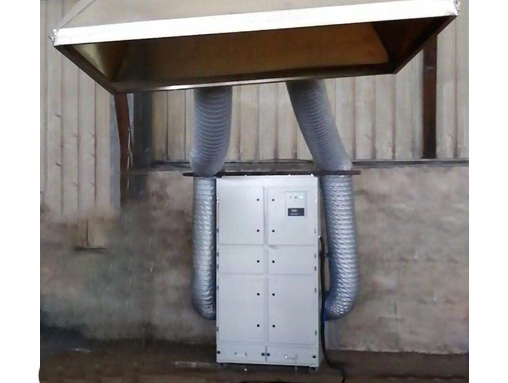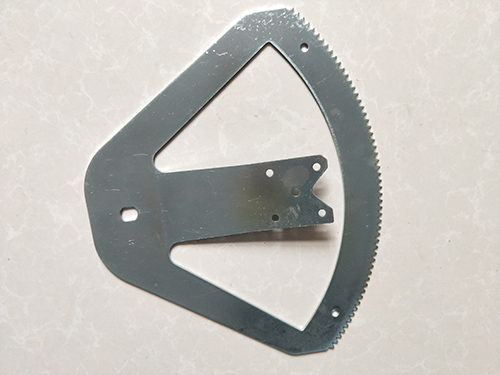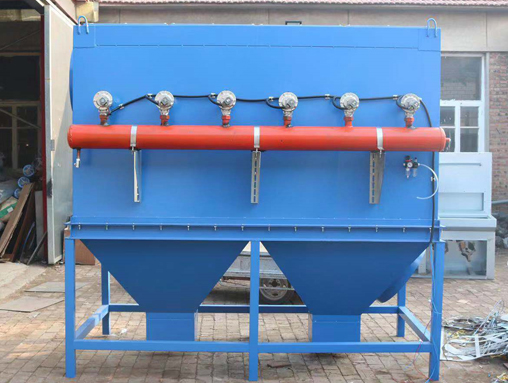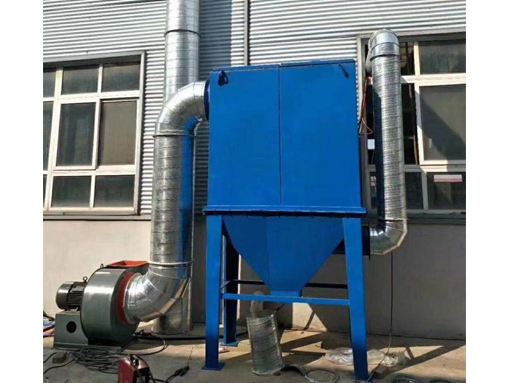Correct use, maintenance, and characteristic application of stamping parts molds
(1) The correct use and maintenance of stamping molds are necessary to protect normal production and improve the quality of metal stamping parts; Quality, cost reduction, extended lifespan of stamping dies, correct use and reasonable maintenance of molds, strict implementation of the "three inspections" system for stamping dies (pre use inspection, in-process inspection, and post use inspection), and proper maintenance and repair of stamping dies. Its main tasks include the correct installation and debugging of molds; Strictly control the entry of convex molds into concave molds; Control the extension of the bottom dead center of the upper mold in processes such as bending correction, cold extrusion, etc; Timely re grind and polish the edges of chess equipment; Pay attention to maintaining the cleanliness and proper lubrication of the chess equipment, and make a slope or arc at the end of the convex mold blade. This is a method to reduce the punching force. Reducing the buffer cutting force can alleviate the tensile force on the material on the concave die side, thereby achieving the effect of flipping and twisting the stamped part. The correct use and reasonable maintenance of molds are crucial for improving the lifespan of molds. (2) The characteristics of stamping parts. Stamping parts are the production technology that uses the power of conventional or stamping equipment to directly deform the sheet metal in the mold, thereby obtaining the shape, size, and performance of product parts. Sheet metal, molds, and equipment are the three essential elements of stamping processing. Stamping processing is a method of metal cold deformation processing. So, it is called cold stamping or sheet metal stamping, abbreviated as stamping. It is one of the main methods of metal plastic processing (or pressure processing) and also belongs to material forming engineering technology. 50-60% of steel is made from sheet metal, with the majority being finished products obtained through stamping and pressing. The body of the car, radiator fins, steam drum of the boiler, shell of the container, iron core of the motor, and silicon steel sheets of electrical appliances are all stamped and processed. There are also a large number of stamped parts in products such as instruments, household appliances, office machinery, and storage containers. Stamping is a temporary measure that uses composite molds, with the exception of multi station progressive molds, which can complete multiple stamping technology operations on a single press and achieve automatic material generation. Generated, with long rest time and low production cost, the collective can produce hundreds of pieces per minute, which is favored by many processing plants. Metal stamping parts; Compared with castings and forgings, it has the characteristics of being thin, uniform, light, and strong. Stamping can produce workpieces with reinforcing ribs, ribs, coils, or flanges that are difficult to manufacture with this familiar diameter, in order to improve their rigidity. Due to the rejection of rough molds, the precision of the workpiece can reach micrometer level, and the specifications are consistent, which can punch out holes, protrusions, etc. In actual production, process tests similar to the stamping process are commonly used to test the stamping performance of materials, such as deep drawing performance tests, bulging performance tests, etc., in order to ensure the quality of finished products and high pass rates.







